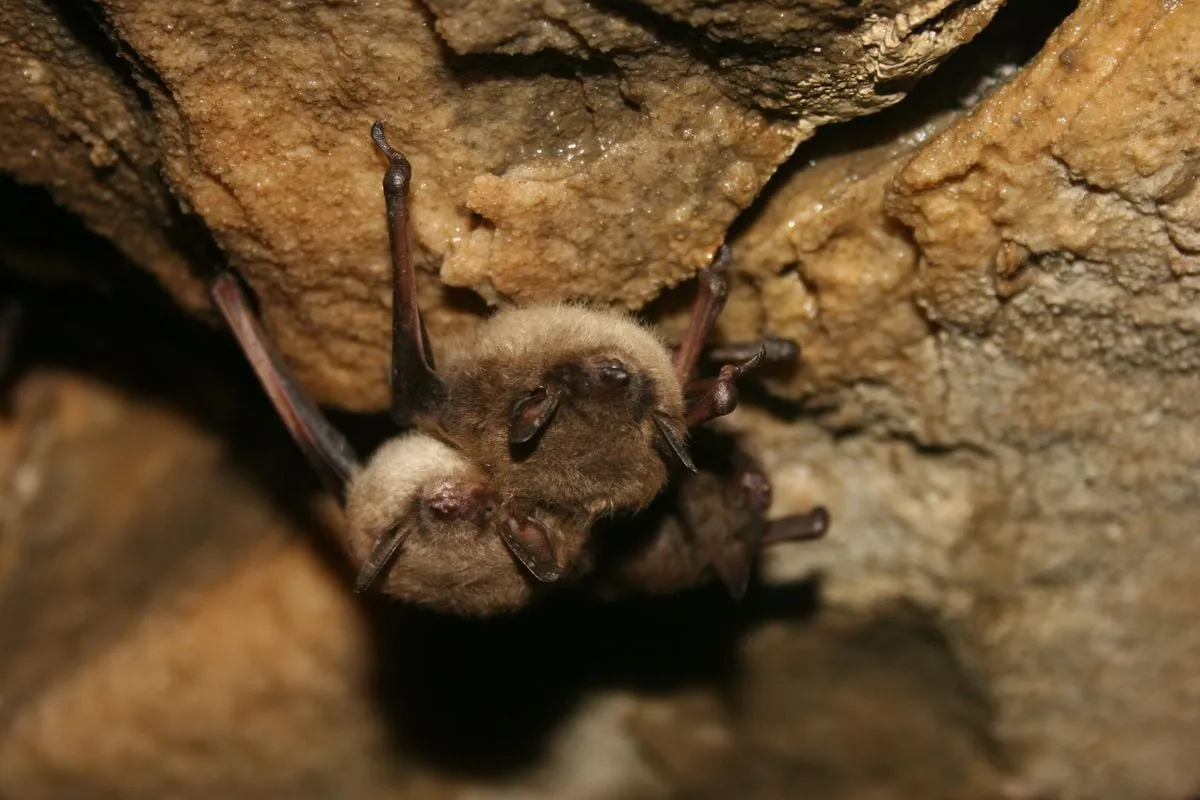The Surprising Link Between Bats Dying and Human Infant Mortality

New Insights into Bats and Infant Mortality
Recent research has uncovered a significant correlation between the dying bat populations affected by white-nose syndrome and soaring rates of human infant mortality. Data collected across various U.S. counties indicates that when bat populations decline, there is a parallel spike in infant death rates.
Understanding the Impact
- Ecological Health: The decline of bats, crucial for pest control and pollination, may inadvertently lead to increased disease transmission.
- Public Health Concerns: The loss of bats could escalate outbreaks of diseases that pose risks to infants.
- Conservation Efforts: Protecting bat habitats may play a vital role in safeguarding not just bat populations but also human health.
This finding urges a reevaluation of the importance of conserving wildlife as an essential component of public health policy and disease prevention strategies.
This article was prepared using information from open sources in accordance with the principles of Ethical Policy. The editorial team is not responsible for absolute accuracy, as it relies on data from the sources referenced.